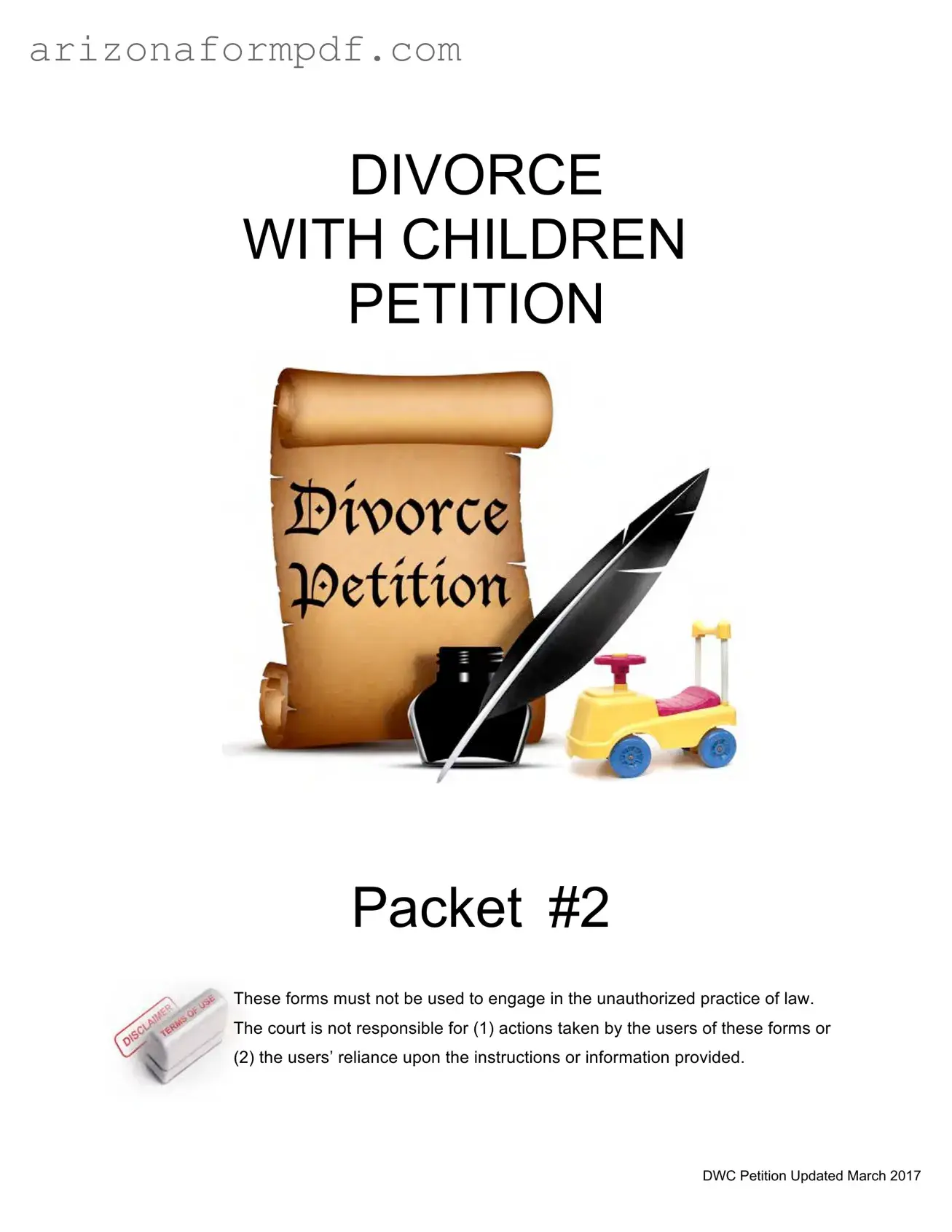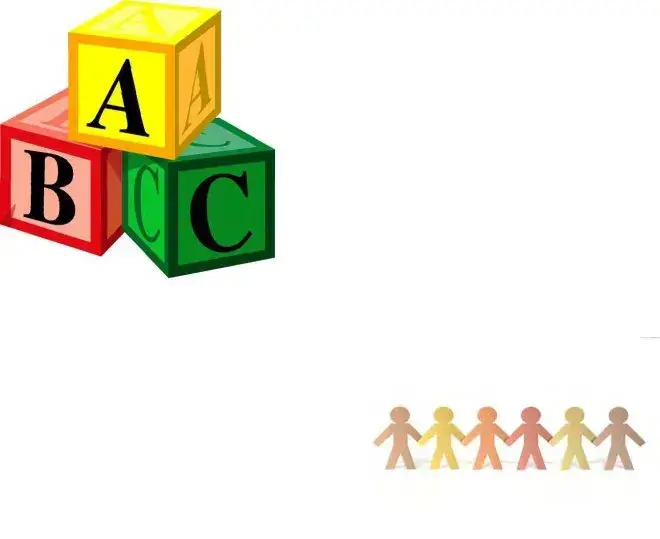What is a Petition for Divorce?
A petition for divorce is a formal written request submitted to the court to initiate the divorce process. It outlines the grounds for the divorce and any other relevant information regarding the marriage, such as child custody arrangements or division of property. By filing this document, you are formally asking the court to dissolve your marriage.
Who is the Petitioner and who is the Respondent?
In divorce proceedings, the person who files the petition is referred to as the Petitioner. This individual is seeking the divorce. The other spouse, who receives the petition and must respond to it, is called the Respondent. Understanding these roles is crucial as they determine the flow of the legal process.
What are the residency requirements for filing for divorce in Arizona?
To file for divorce in Arizona, either you or your spouse must have lived in the state for at least 90 days prior to filing. If you are in the military, you must have been stationed in Arizona for the same duration. If you do not meet this requirement, it is necessary to wait until you have established residency before initiating the divorce process. Additionally, if children are involved, they must have lived in Arizona for at least six months for the court to address matters like custody and support.
Is Arizona a no-fault divorce state?
Yes, Arizona is a no-fault divorce state. This means that you do not need to prove wrongdoing by either spouse to obtain a divorce. You simply need to state that the marriage is irretrievably broken, indicating that there is no reasonable possibility of reconciliation.
Should I consult a lawyer before filing for divorce?
While it is possible to represent yourself in a divorce case, consulting a lawyer is highly advisable. Legal matters can be complex, and an attorney can provide guidance tailored to your specific situation. Their expertise may help you avoid costly mistakes, save time, and ensure that your rights are protected throughout the process. Many lawyers offer consultations for a fee, allowing you to receive the necessary advice while completing the paperwork on your own.
What is "Sensitive Data" and why is it important?
Sensitive data refers to personal information that you may not want to be publicly accessible, such as social security numbers, bank account details, or financial information. Because court documents are generally public records, it is crucial to protect this information. If you need to include sensitive data in your petition, you should indicate “SEE CONFIDENTIAL SENSITIVE DATA FORM” in the appropriate section and complete the separate Confidential Sensitive Data Form provided in the packet.
Where can I find the Self-Service Center for assistance?
The Self-Service Center is located in the Pima County Law Library, specifically in Room 256 on the second floor of the Pima County Superior Court. It is open from 8 a.m. to 5 p.m., Monday through Friday, excluding holidays. This center can provide valuable resources and assistance as you navigate the divorce process. For more information, you can call (520) 724-8456 or email pcll@sc.pima.gov.










